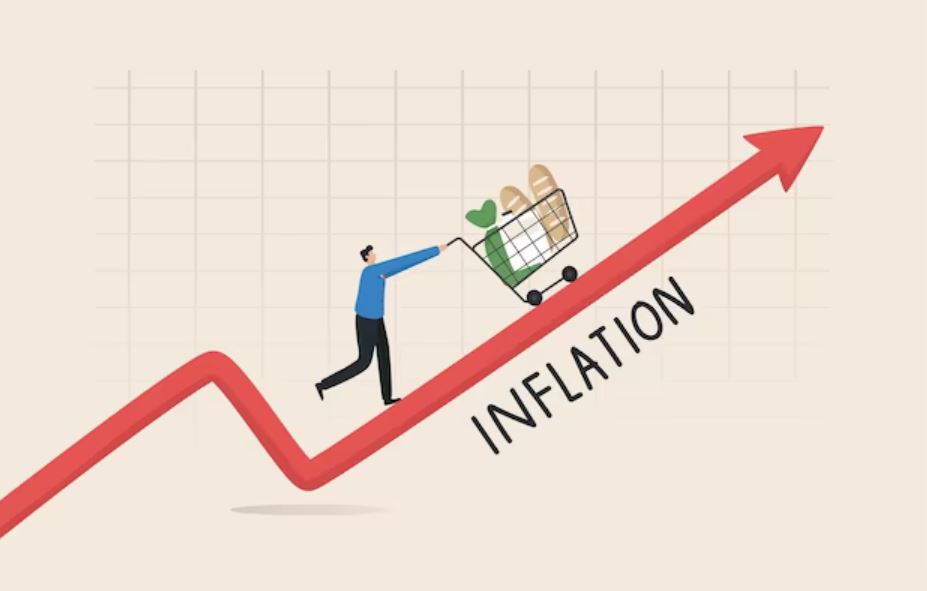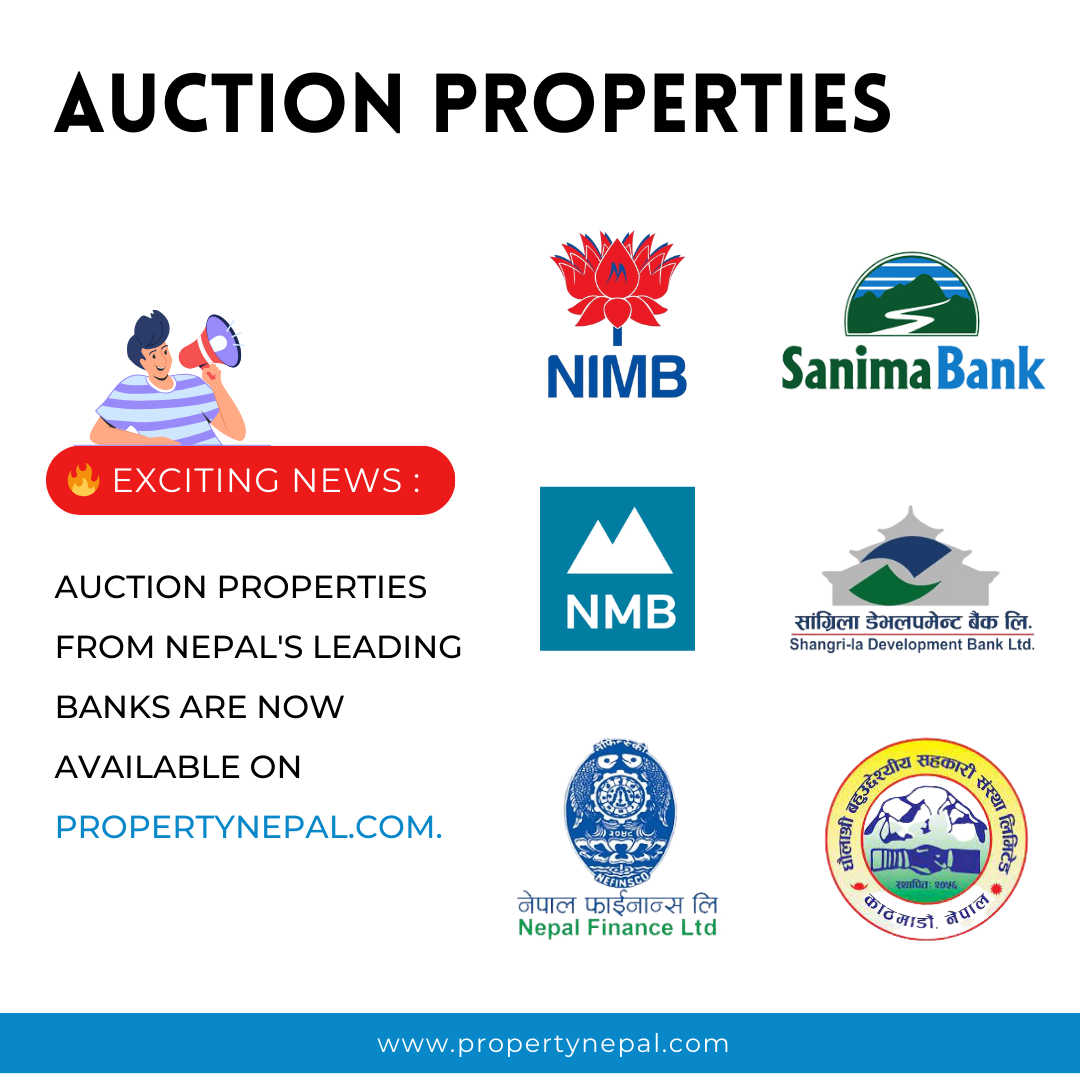Nepal Property Prices: Inflation Insights


Property Inflation in Nepal: An In-Depth Analysis
The inflation rate of properties in Nepal has been a prominent concern in recent years. Factors like population growth, rapid urbanization, inadequate urban planning, and increasing demand for property investments have substantially escalated property prices.
Measuring Property Inflation
Property inflation is typically gauged by the annual change in property prices. Recent statistics indicate that property inflation in Nepal has fluctuated between 10% to 15% over the past few years. This represents a significant rise compared to past years when the rate was below 5%. This upward trend demonstrates strong growth in the property market, driven by various socio-economic factors.
Government-Regulated vs. Unregulated Properties
* Government-Regulated Properties
These include residential and commercial properties, land, and other assets legally recognized and regulated by the authorities. Government oversight ensures a certain level of standardization, legal compliance, and market stability, thereby boosting buyer confidence.
* Unregulated Properties
These properties function beyond governmental oversight, frequently managed by individuals or organizations lacking formal recognition. Properties of this nature encounter legal and protective challenges stemming from the lack of legal safeguards, which can result in issues regarding ownership and transaction legitimacy.
The Structure of Nepal's Real Estate Market
Nepal's real estate market primarily operates on supply and demand dynamics. However, it is highly decentralized, lacking a centralized system for regulation and record-keeping. This fragmentation results in market inconsistencies, with many properties sold through informal channels. The absence of a standardized market structure leads to inconsistencies in property valuation and transaction procedures, further fueling property inflation.
Emerging Real Estate Trends in Nepal
Residential and Commercial Complexes
The demand for these properties has surged, driven by urbanization and population growth. This demand has spurred infrastructure development, including roads, bridges, and essential amenities, thereby enhancing overall property values.
Increased Investment Activities
Investors are increasingly channeling funds into Nepalese properties to earn rental income or profit from property appreciation. The increase in urbanization has spurred the development of high-rise buildings and gated communities, tailored to meet modern living standards.
Urbanization and Modern Living Standards
The rise in urbanization has led to the construction of high-rise buildings and gated communities, catering to modern living standards. Additionally, there is a growing interest in eco-friendly and sustainable construction practices, reflecting a global shift towards environmental consciousness.
Conclusion
Property prices in Nepal have been rising due to factors such as population growth, urbanization, and increased investment activities. However, the real estate market remains disorganized and fragmented, leading to inconsistencies in property valuation and transactions. Notwithstanding these challenges, there persists a growing demand for residential and commercial complexes, driving substantial development activities and increased investment in the sector. To ensure fair play and structured growth, there is an urgent need for proper regulation and systematic record-keeping in Nepal's real estate market.


